Retro Replay Review
Gameplay
Summer Games II delivers a rich buffet of eight distinct Olympic events, each demanding its own rhythm and timing. Unlike many sports titles that rely heavily on button-mashing, this game offers a blend of precision and pattern-based controls. For example, the triple jump becomes a carefully choreographed routine of joystick taps—right to start the hop, right again for the step, left for the leap, and up to launch yourself into the sand pit. This can feel surprisingly intuitive once you’ve practiced the sequence a few times, turning what seems like a gimmick into a satisfying skill-based challenge.
(HEY YOU!! We hope you enjoy! We try not to run ads. So basically, this is a very expensive hobby running this site. Please consider joining us for updates, forums, and more. Network w/ us to make some cash or friends while retro gaming, and you can win some free retro games for posting. Okay, carry on 👍)
The variety of events extends beyond the triple jump. High jumpers select their target bar height before finely adjusting their run speed with up and down inputs, pressing the fire button to take off, then a final forward push to clear the bar. Javelin hurlers build momentum by holding the fire button and tweaking their release angle with left-right controls. Equestrian enthusiasts must guide their mount over obstacles, using up for speed and well-timed fire or right inputs for flawless jumps. Each discipline feels distinct, demanding you pay attention to the nuances rather than simply hammering a button.
Other events, like rowing and cycling, lean more on pure joystick-waggling, testing your endurance and hand speed rather than timing patterns. Fencing challenges your strategic footwork—advance or retreat with the joystick, parry and thrust with swift motions to stay a step ahead of opponents. Kayaking tasks you with navigating a winding river course, steering precisely through gates at speed. For those seeking even more variety, you can load the original Summer Games events alongside these eight, creating a marathon 16-event gauntlet that tests reflexes, memory, and stamina over hours of competitive play.
Graphics
Graphically, Summer Games II embodies the charm of late-’80s sports titles. Sprites are simple yet expressive, with athletes sporting bold colors that stand out against the minimalistic event backdrops. The triple jump sandpit and high jump arena are represented with just enough detail to convey scale—a few horizontal lines denote the approach track and landing area, but your focus remains squarely on the athlete’s motion and timing.
Animation is economical but effective. Each event features a brief but distinctive movement cycle: the rowers’ synchronized strokes, the cyclist’s pedaling blur, the javelin thrower’s wind-up and release. Even fencing—the most abstract of the events—uses clear sprite shifts to signal thrusts and parries, giving you instant feedback on your timing. Backgrounds are static, but cleverly designed so as not to distract you from split-second inputs, reinforcing precision over spectacle.
Sound design complements the visuals with simple bleeps and boops for button presses, cheers from a minimal crowd, and short musical stings at event starts and finishes. While there are no dynamic camera angles or splashy special effects, the overall presentation captures the excitement of Olympic competition within the technical limits of the era’s home systems.
Story
As an Olympic sports compilation, Summer Games II lacks a traditional narrative or characters, yet it crafts its own sense of drama through competition. Each event feels like a new chapter in an ongoing quest for glory, casting you as a versatile athlete striving for medals across varied disciplines. The absence of cutscenes or dialogue means the story unfolds through your performances, personal bests, and head-to-head showdowns with friends or computer opponents.
The game’s “story” is therefore written by players themselves. Will you break the high jump record you narrowly missed last time? Can you finesse your javelin arc to perfection? By chaining together multiple events—even up to a 16-event marathon—you build your own odyssey of triumphs and near-misses. Each restart represents a fresh chance to hone your skills, forging a narrative of perseverance and incremental improvement.
Moreover, Summer Games II taps into the collective storytelling of Olympic lore. You become the underdog in fencing, the powerhouse in rowing, the graceful jumper in the high jump. Though there’s no explicit plot, the emotional highs and lows inherent in every medal ceremony and defeat evoke the same suspense and pride you’d find in a real-life sporting spectacle.
Overall Experience
Summer Games II remains a compelling package for fans of retro sports titles. Its eight distinct events offer a balance of reflex challenges and pattern-recognition gameplay, ensuring that no two competitions feel identical. The ability to cherry-pick events or engage in a full marathon of 16 disciplines provides both quick thrills and long-haul endurance tests, catering to casual players and hardcore enthusiasts alike.
Multiplayer adds significant replay value—there’s nothing quite like goading a friend after you nail that flawless triple jump or shock them with a sudden fencing riposte. High scores and time trials further fuel competitiveness, inviting repeated attempts to shave off milliseconds from your best runs. The streamlined controls may seem daunting at first, but mastering each sport’s unique input sequence becomes a rewarding learning curve.
While it lacks modern polish and deep narrative, Summer Games II’s enduring appeal lies in its focused design and authentic Olympic spirit. It’s an exemplar of how simple graphics and sound can still deliver engaging, skill-based gameplay. For collectors, nostalgia seekers, or anyone curious about the roots of sports video games, this title offers a spirited journey through athletic endeavors that still feels fresh decades after its release.
 Retro Replay Retro Replay gaming reviews, news, emulation, geek stuff and more!
Retro Replay Retro Replay gaming reviews, news, emulation, geek stuff and more!
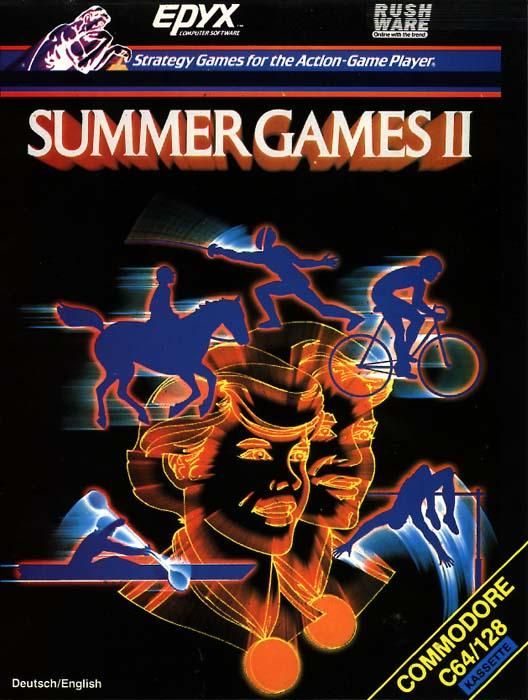
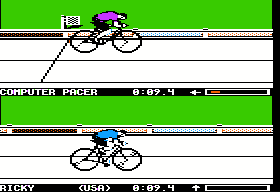
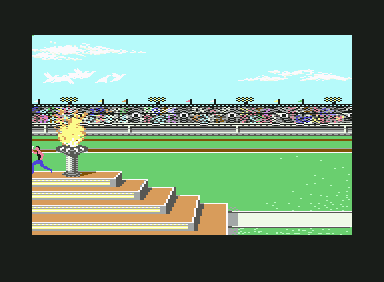
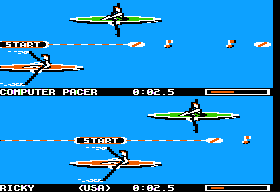
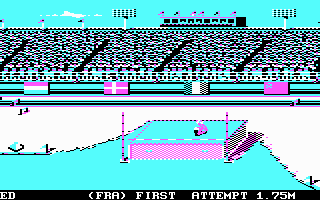
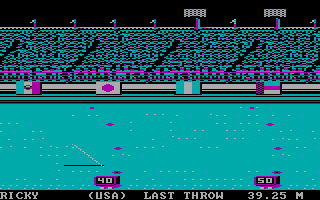



Reviews
There are no reviews yet.